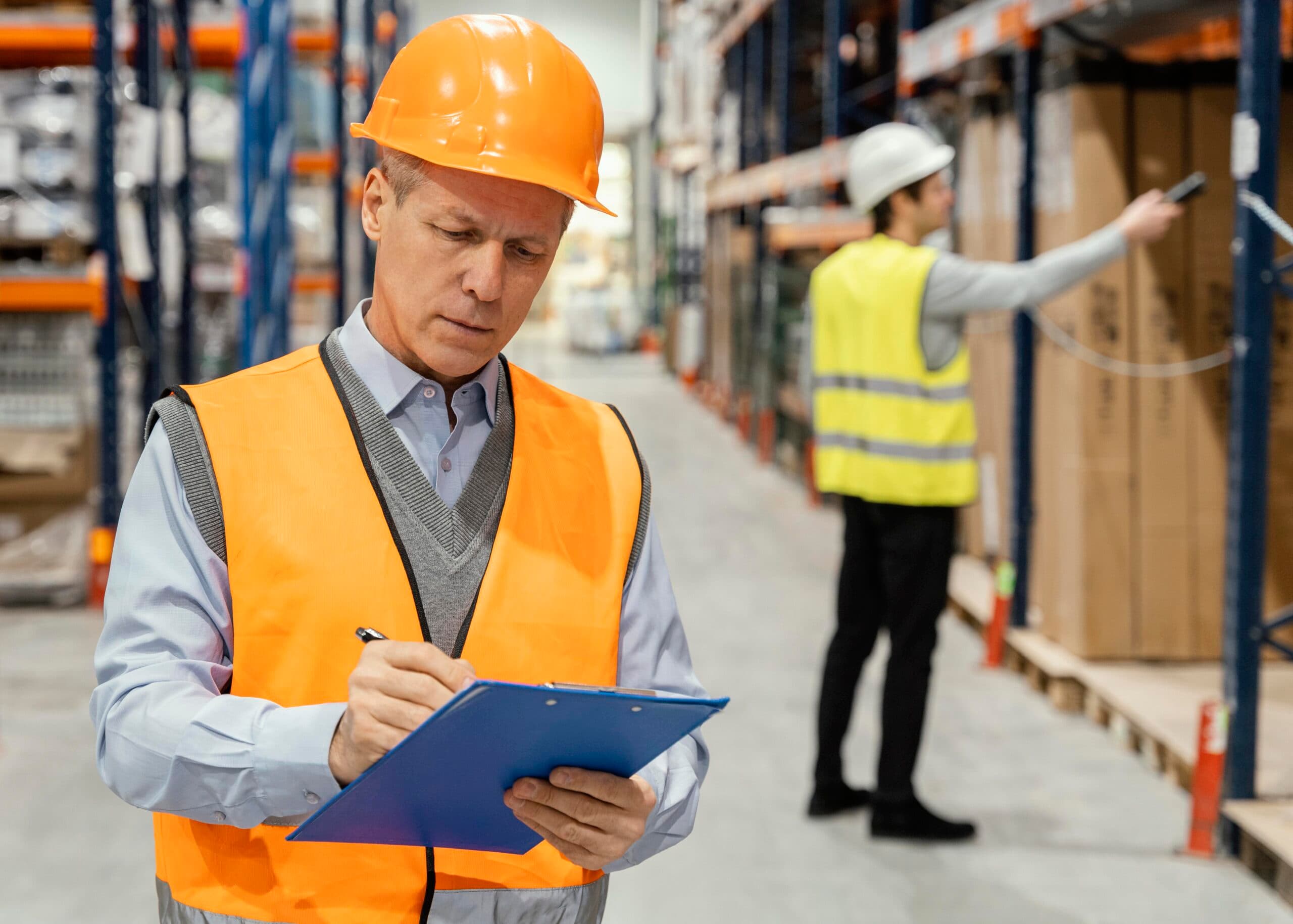The Future of Customs Clearance: Automation, AI & Faster Trade

In an increasingly globalised world, smooth customs clearance is foundational to supply chain efficiency, regulatory compliance and international trade growth. Yet as trade volumes rise and regulatory demands evolve, traditional clearance methods are under pressure. In this post, we explore how automation, artificial intelligence (AI) and system modernisation are shaping the future of customs clearance—and what businesses should know to stay ahead.
What is customs clearance and why does it matter
At its simplest, customs clearance is the process by which goods entering or leaving a country are approved by the relevant authorities, duties and taxes are correctly assessed, and required documentation is submitted and verified. For example, in the UK, a shipment must be declared to HM Revenue & Customs (HMRC), the required charges applied, and the goods released for onward movement.
Customs clearance matters for several reasons:
- It ensures legal compliance with import/export rules, tariff schedules and trade agreements.
- It determines how quickly goods are released—so delays at customs can disrupt supply chains, add cost and reduce competitiveness.
- It affects cost: duties, taxes and handling fees apply, so efficient clearance can improve margins.
- It contributes to trade facilitation, allowing goods to flow smoothly across borders and around the world.
Traditional challenges in customs clearance
Even today, many clearance procedures involve manual steps, paper-or semi-electronic documentation, reliance on human classification of goods, and frequent audits or physical inspections. These create vulnerabilities such as:
- time delays when documentation is incomplete or incorrect, or when goods are held for inspection
- risk of non-compliance or misclassification, leading to penalties or higher duties
- increased labour costs, inefficiencies and inconsistent processing
- lack of transparency or visibility for shippers, importers and exporters.
Such challenges emphasise the need for innovation in the customs clearance process.
How automation is changing the game
Automation in customs clearance involves using software to handle tasks such as document submission, tariff and duty calculation, inventory tracking, risk-assessment routing and release authorisation. Key benefits include:
- Faster processing: Automated systems can validate declarations, apply rules and flag issues far quicker than purely manual workflows.
- Reduced errors: By standardising processes and embedding checks, automation cuts down on common human errors such as incorrect commodity codes or missing dossiers.
- Improved visibility: Automated tracking and data feeds allow supply-chain stakeholders to see where a shipment is in the customs clearing cycle.
- Cost efficiency: With fewer manual interventions, clearance costs drop and throughput rises.
The role of AI and data analytics
Automation sets the stage—but AI and analytics add intelligence. In the context of customs clearance, AI can be applied in several ways:
- Risk profiling and fraud detection: AI models recognise patterns that indicate higher-risk shipments (e.g., unusual value declarations or mis-matched HS codes) and can route these for review while allowing low-risk loads to pass with minimal intervention.
- Predictive analytics: By analysing large volumes of past shipment data, AI tools can forecast delays, identify bottlenecks at ports and suggest optimal routing or documentation workflows.
- Document recognition and classification: AI-powered OCR (optical character recognition) can automatically extract key details from invoices, packing lists and certificates, speeding up submission.
- Continuous learning: As more data accumulates, the systems become more accurate, reducing false positives and improving clearance rates.
Together, automation and AI help shift clearance from reactive to proactive—anticipating issues rather than simply reacting to them.
Implications for trade and business logistics
The future of customs clearance isn’t only technical—it has broader implications:
- Faster trade-flows: Reduced clearance time means goods move more quickly, supporting just-in-time supply chains, e-commerce fulfilment and global expansion.
- Greater competitiveness: Companies able to clear customs faster at lower cost gain an edge in pricing and service levels.
- Scalability: As trade volumes rise (especially cross-border e-commerce), automated clearance enables scaling without linear increases in staffing or risk.
- Regulatory alignment: Many governments and customs agencies are modernising too. Businesses aligned with modern customs processes will adapt more easily to new regulations, digital certificates and trade-agreement regimes.
- Transparency and data-driven decisions: With richer data from clearance systems, businesses can identify freight cost drivers, port-specific issues and supply-chain inefficiencies.
What businesses should do to prepare
To leverage this next-generation customs clearance environment, companies should consider:
- Digitising documentation and processes: Move away from paper where possible; adopt digital submission, e-invoices, electronic certificates and structured data.
- Working with modern customs partners: Engage customs brokers or clearing agents that use automated systems, support real-time tracking and integrate with port/inventory networks. For example, the team at the company referenced above offers full import/export clearance services across UK ports.
- Investing in training and change-management: Even with better systems, staff must understand commodity codes, duty/tax rules, documentation requirements and digital workflows.
- Building data-capabilities: Collect and analyse clearance data—flag delays, error patterns, cost drivers—and use this to improve processes and select optimal routes or ports.
- Staying abreast of regulatory change: Customs regimes are evolving (post-Brexit UK, new free-trade agreements, digital certificates). Being proactive rather than reactive is key.
The role of the modern customs provider
In this evolving landscape, a customs provider is far more than a filing house—they act as technology-enabled strategic partners. Through automation, AI-based risk-assessment, integrated tracking and expert regulatory input, a modern provider ensures quicker clearance, compliance assurance and visibility for the importer/exporter. With these capabilities in hand, businesses can focus on broader logistics strategy and market expansion rather than wrestling with clearance bureaucracy.
The world of customs clearance is transforming. Automation and AI are not distant possibilities—they are being increasingly embedded into clearance workflows, enabling faster, smarter and more efficient trade. For businesses moving goods across borders, this presents both an opportunity and a responsibility. By embracing digital processes, collaborating with forward-looking customs providers and leveraging data-insights, companies position themselves to thrive in a more connected, speed-driven global trade environment. The future is clear: in customs clearance, faster and smarter is the new standard.





.png&w=256&q=75)
